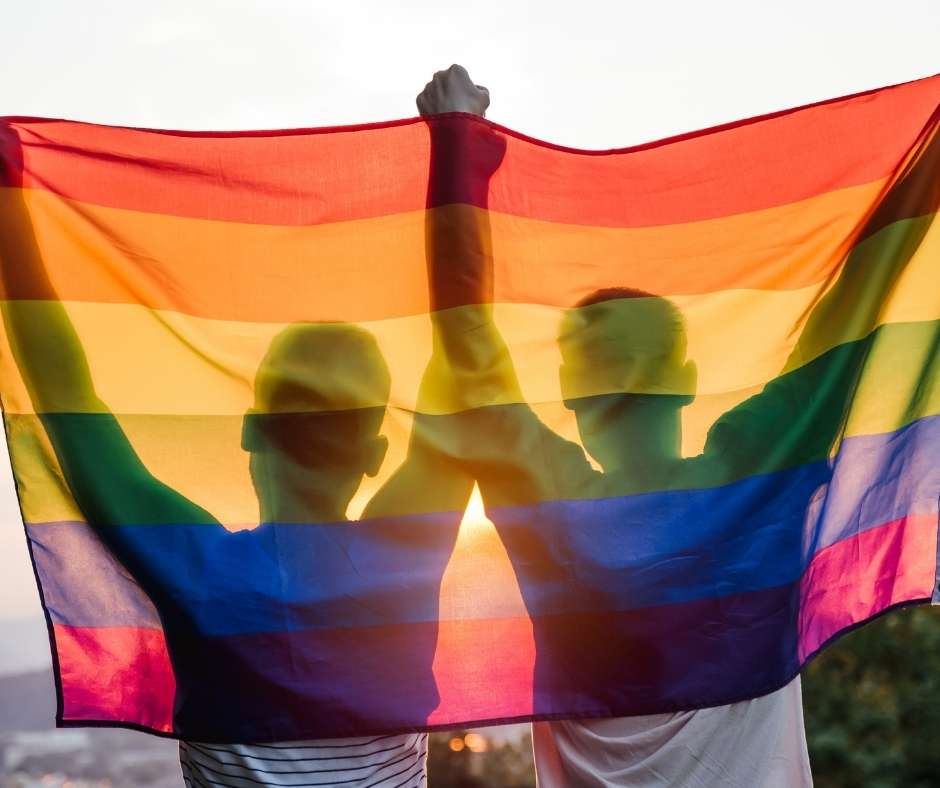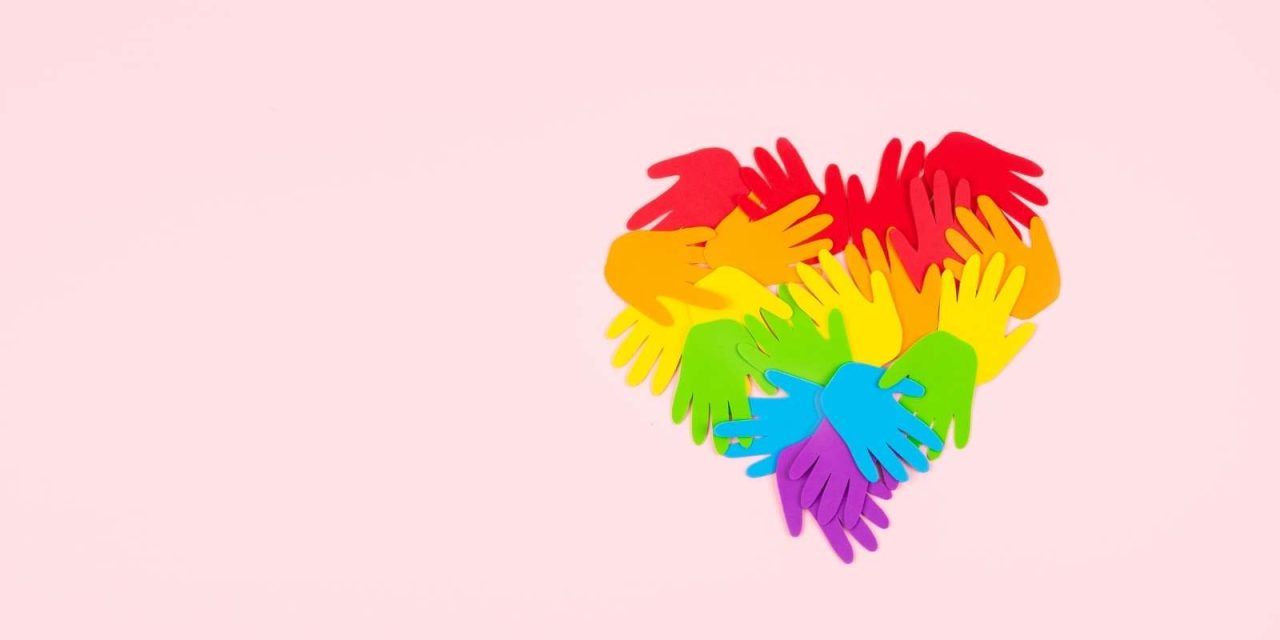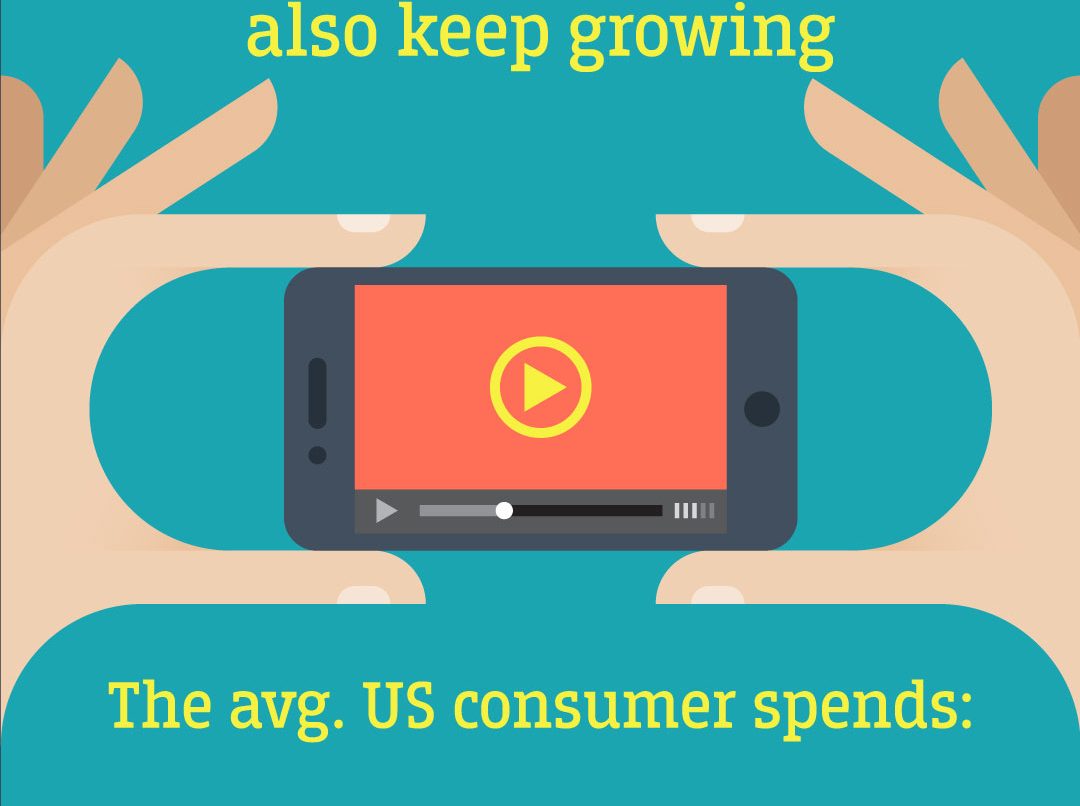June is Pride month and more marketers use the opportunity to advocate for LGBTQ+ rights. They also use it to launch Pride-themed campaigns or simply to ride on the theme for publicity as they might create content around Halloween or Valentine’s Day. The question is whether this kind of marketing is appropriate around the Pride issue.
Some brands have faced criticism, particularly when their product, service or brand seems to have no connection with LGBTQ+ rights. Millennials and Gen Z audiences are especially sensitive to authenticity in brands and are quick to ignore, criticize or even attempt to cancel businesses that don’t align with their values.
A genuine commitment to inclusivity and diversity has led to many brands increasing their LGBTQ+ visibility in campaigns. However, it is a delicate balance to maintain. Here are some tips on how to handle pride-related marketing efforts.
Treating pride month as a marketing holiday
Some criticism comes from the fact that brands only seem to care about LGBTQ+ rights one month a year instead of all year round.
People want brands to be authentic, so it’s important to show and not just tell. Advocating for LGBTQ+ rights only during pride month can come across as fake and condescending. If the brand isn’t honest about this, maybe they are dishonest about everything!
The conclusion is clear: the brand will say anything for attention. This goes against the whole idea of a brand, which is to have a credible personality based on a mission or vision. If a brand is not consistent, it has no authenticity and no depth.
If a brand claims to support LGBTQ+ people, that support should be a part of the whole brand, 365 days a year.

Lack of internal representation
Some pride month campaigns have the goal of promoting diversity and shedding light on the rights of this community. That’s a good thing, but only if this diversity also reflects and represents the reality of the teams within the business.
Internal representation is as equally important as external representation. If you want to create a pride campaign, then you should offer LGBTQ+ people in your team the opportunity to participate in the messaging. This way, it wil not be a cynical attempt to make it “seem more real” but instead demonstrate value in the opinions of your teams. If you happen not to have any LGBTQ+ team members (or if they don’t want to turn their lives into a campaign), then it can be a good idea to collaborate with organizations, consultants, experts and other people. This range of experience will give you useful information for your campaign that you can also share internally for a better understanding of LGBTQ+ issues.
Of course, not all LGBTQ+ people think the same – but that’s the point of sourcing insights from different perspectives. If you credit your sources, be sure to use the pronouns they prefer.
Avoiding lazy stereotypes
It may seem that we have entered a period of increased diversity and inclusion in the media, but most of the time it’s merely visual and performative. Just another trend.

LGBTQ+ visual representation tends to be highly stereotypical and one-dimensional. According to Visual GPS, LGBTQ+ representation in media and advertising continues to be symbolic and cliched.
Their 2021 research found that in images featuring homosexual men, 30% appeared feminine while 29% of lesbian women in images tended to be masculine. Furthermore, 28% of images showing gay men presented them as extravagant.
There may be feminine men and masculine women, but the overrepresentation of such images can amplify and propagate lazy stereotypes.
Furthermore, the LGBTQ+ community is quite large. It is an umbrella term for many different sexual orientations and gender identities – not only “gay.” Trans people, for example, are heavily underrepresented and stereotyped when they do feature.
On-message but no action
Some brands have been called out for supporting LGBTQ+ organizations while supporting anti-LGBTQ+ legislators. This is nothing more than hypocrisy.
For example, news site Popular Information revealed that many brands that modified their logos and sites with the rainbow flag during pride month also donated more than $10 million to anti-gay and anti-trans politicians.
This adds to the impression of inauthenticity and performativeness in what looks to many consumers like a simple and cynical cash grab. If your company is supporting the community in marketing, make sure it is also in real life by contributing to LGBTQ+ organizations and legislation all year round.
Pride month should be a time to remember to fight for the rights of LGBTQ+ people and celebrate all they’ve accomplished so far. That’s why we should think of the impact that brands have on people’s daily life and how they should do more for the community.
When is LGBTQ+ Pride month?
LGBTQ Pride month is celebrated annually during the month of June.
How can you market to LGBTQ+ audiences?
Performative solidarity is a no-no. In order to be successful, you must genuinely support the LGBTQ+ community, be authentic and communicate properly with your audience!










